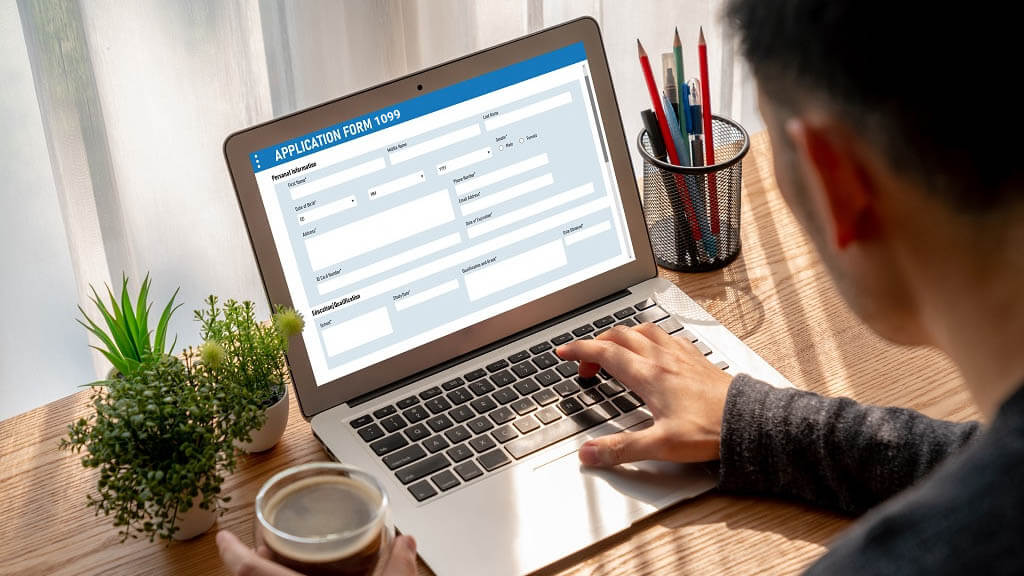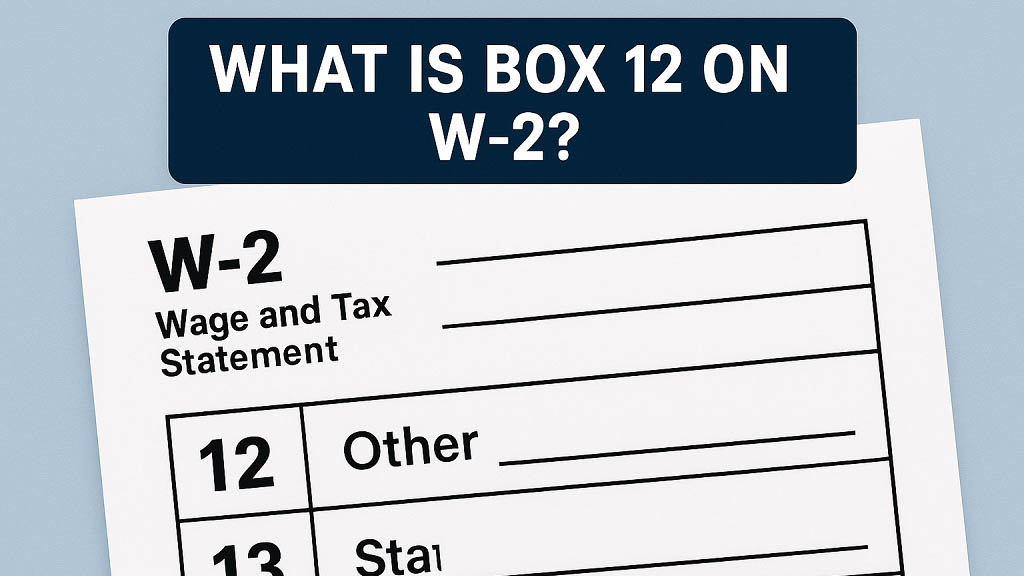1099 forms don’t have to be a nightmare. There is a lot of confusion. People have about 1099 NEC forms and 1099 MISC forms. That’s normal! The internet is flooded with questions. But what about the answer? Hang on! We have solutions to all your concerns. Thus, there is nothing that can ache your mind this year.
The blog contains all the necessary information in response to the frequent confusion about 1099. So, continue reading to explore more!
Table of Contents
ToggleWhat is 1099 NEC?
1099 form series is used to report income other than wages and salaries. The 1099 NEC (Non-Employment Compensation) form is a tax form intended to report payments made to individuals who don’t fall under the employment category, such as freelance and contractual income.
Purpose:
The purpose of this form is to keep a record of payments made for services outside an organization. In simple words, payments beyond traditional wages which are reported on W-2 form. 1099 NEC Forms are utilized in the United States to report payments for services:
- Freelancers
- Independent contractors
- Sole proprietors
Key Points to Remember About 1099-NEC:
Below is some information you should consider for the 1099-NEC form:
- Deadline: January 31st of the coming year is the deadline for NEC forms. It’s the same for both recipient copy and IRS filing.
- Copy to Recipient: As a business, you need to send a copy B of the 1099 NEC form to the recipient when you file with the IRS.
- State Requirements: In America, there are also state tax laws. Thus, in some cases, you need to report this form to the state as well.
1099-MISC: The Basics
MISC is another tax document used to report miscellaneous payments. Any payment that is about $600 or a sum of payments above this threshold is reported on 1099 MISC. It’s a general form to report remittance.
Purpose of 1099 MISC:
Normally, this form is used for:
- Fishery boat proceeds
- Medical and health insurance premiums
- Rental income
- Royalties
- Prizes and awards
- Certain other payments
Key Points to Remember About 1099-MISC:
First of all, you must keep an eye on deadlines, for MISC forms its March 31st (February 28 for paper filing) every year . To elaborate, all payments above $600 made in the previous year need to be reported before the start of second quarter.
In addition to that, you need to accurately file the MISC from. It has several boxes with different criteria for each box. For instance, Box 7 is for payer made direct sale of $5,000 or more consumer product (to a buyer for resale). Moreover, Box 3 is for prizes and award money.
1099 MISC vs. 1099 NEC
Both the 1099-MISC and 1099-NEC forms are used to report payments made to individuals who are not considered employees. Both forms have similarities but also offer differences. For instance, 1099 MISC is a general-purpose form and offers more versatile options. Meanwhile, 1099 NEC has a specific purpose and only reports non-employment compensation.
| Feature | 1099-MISC | 1099-NEC |
| Purpose | General-purpose form for various payments | Specifically for non-employee compensation |
| Types of Payments | Non-employee compensation, fishing boat proceeds, medical and health insurance premiums, rental income, royalties, prizes and awards, etc. | Non-employee compensation only |
| Versatility | More versatile | Less versatile |
| Usage | Suitable for a wider range of payments | Primarily used for freelance or contract work |
Filing Schedule C to Report 1099 Income
If you are a sole proprietorship business. You will be on the receiving end of a 1099 NEC. Simply put, all businesses and individuals who got your services for money will provide you with a copy B of the NEC, and you will report on Schedule C.
All you need to do is gather all the NEC forms and determine your income. Once you do so, deduct business expenses and find the net profit of your business. And finally, report it on Schedule C. That’s all.
To Sum It Up:
All 1099 series forms are a way to report non-employment payments. The most popular are forms 1099 NEC and 1099 MISC. Whether you are on the sending or receiving end of these forms, a sound knowledge of both is a must-have. Additionally, preparing the information accurately and knowing the difference can save you from big trouble.
Furthermore, if you are looking for a more effective way to e-file these forms, use the E-File Workforce Payroll software. With a user-friendly dashboard it helps you handle tax filing effortlessly.
FAQs:
Do I have to pay taxes if I receive a 1099-NEC?
Yes, you have to pay taxes on income reported on the NEC form. The 1099-NEC is for non-employment compensation, which is considered taxable income by the IRS. So, when you file your taxes, you will need to report NEC income and calculate taxes owed. Still, there are ways to save tax on 1099-NEC, such as deducting business expenses.
Do I need to file 1099-NEC for contractors?
Yeah, you need to file 1099-NEC for contractors as well as freelancers. These contractors basically sell services, which count as non-employment compensation.
Do 1099 NECs get a tax refund?
Not at all. The 1099 NEC form is different from the W-2 form (which holds taxes from your salary). As a 1099-NEC doesn’t hold any taxes during the whole year, you can’t get a refund on it. The IRS only provides you a refund of your money (tax withheld from your salary). In short, there is no way to get a refund via the 1099 NEC form.
How much tax will I owe on a 1099 NEC?
You will owe two types of taxes on 1099 NEC income. First is federal income tax and second is self-employment tax. The amount you owe depends on your total business profit, not just the amount on the form.
The reason behind this combined tax is the sole proprietorship. If you own a business as an individual, taxes will be way higher than for salaried employees.
Why is the 1099-NEC tax so high?
The key reason for the higher tax burden is that you are responsible for paying both the employee and employer portions of FICA taxes. When you work for an employer, they withhold a portion of your wages for Social Security and Medicare taxes. They also pay a matching amount to support Medicare and Social Security. As an independent contractor, you are both the employee and the employer, so you must pay the entire amount yourself.







